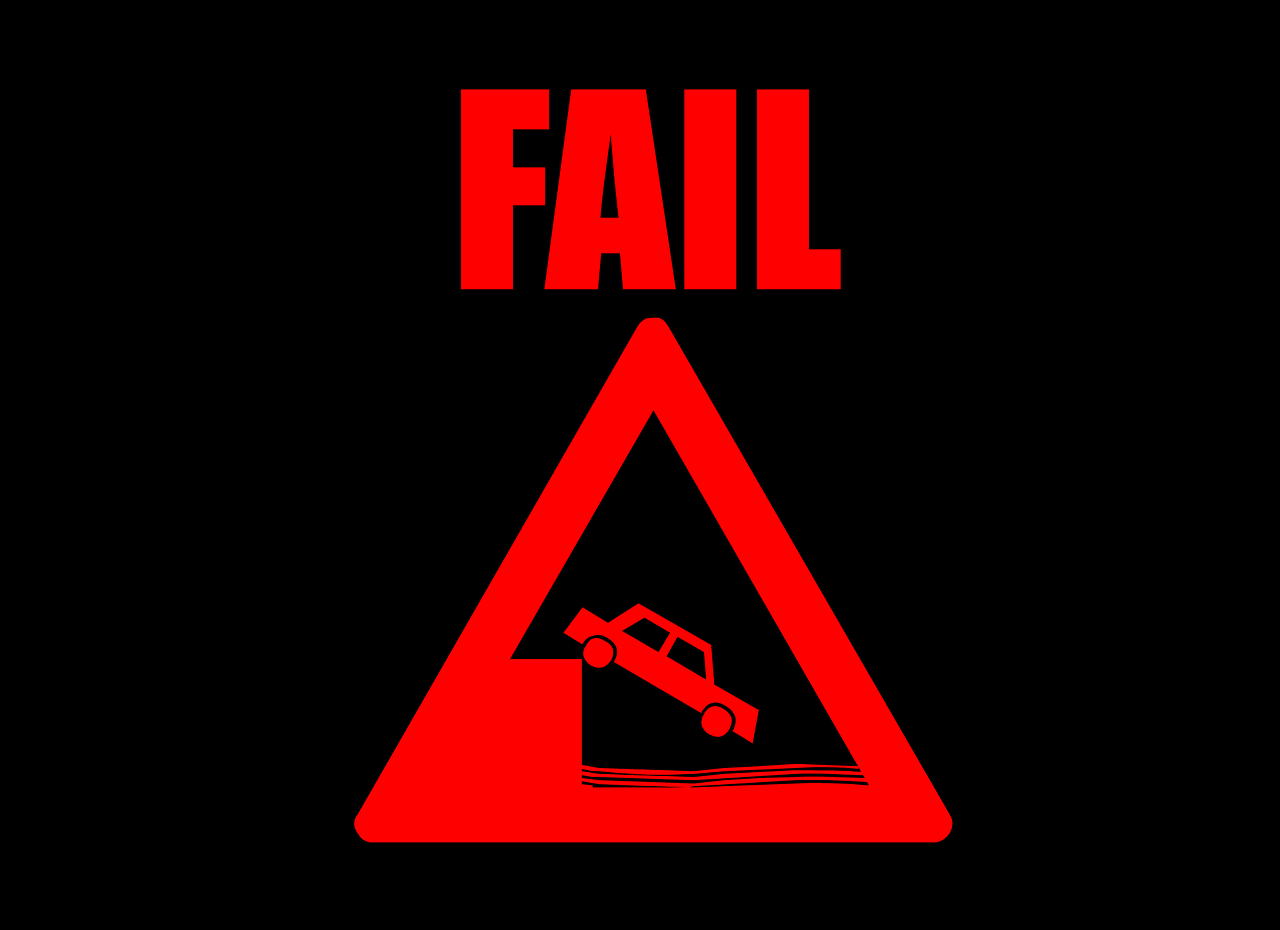Title: The Basic Structure of Communication Cable
The Basic Structure of Communication Cable refers to the fundamental components and construction methods of communication cables. The main structure of a communication cable consists of an outer sheath, inner sheath, and the core of the cable, which includes the conductor and insulation layers. The outer sheath provides protection for the cable and its contents, while the inner sheath serves to separate the individual conductors and provide mechanical support. The core of the cable, comprising the conductor and insulation layers, is responsible for carrying the signal or current through the cable.The construction of communication cables follows specific principles and methods to ensure their performance and reliability. The selection of materials for each layer is crucial, as they must possess certain electrical, mechanical, and environmental properties to withstand the challenges of their intended application. Additionally, the design of the cable structure considers factors such as signal integrity, mechanical strength, and ease of installation.In conclusion, understanding the Basic Structure of Communication Cable is essential for cable designers, manufacturers, and users to ensure that their cables meet the desired performance standards and last for their intended lifespan.
Communication cables are the lifeblood of modern communication systems, connecting us to the world of information and entertainment. From telephone lines to high-speed internet connections, these cables play a crucial role in our daily lives. In this article, we will explore the basic structure of communication cable and how it ensures the efficient transmission of signals.

A communication cable is typically made up of three main components: the conductor, the insulation, and the sheath. The conductor is the part of the cable that actually carries the signal, whether it is an electrical current or an optical beam. It is usually made from copper or aluminum wire, which are excellent conductors of electricity. The insulation layer surrounding the conductor prevents it from coming into contact with other parts of the cable or external sources, ensuring the integrity of the signal. This layer is often made from plastic or rubber material that is resistant to heat and moisture.
The sheath is the outermost layer of the cable, providing protection from external damage and environmental factors such as water, sunlight, and UV radiation. It is usually made from a strong, durable material like PVC (polyvinyl chloride) or polyethylene. The sheath also helps to identify the type of cable and its purpose. For example, a cable designed for underwater use may have a sheath that is resistant to water infiltration.
In addition to these three main components, communication cables may also include other features such as screening layers or protective coatings. Screening layers are used to reduce electromagnetic interference (EMI), which can affect the quality of the signal. Protective coatings are applied to the cable to provide additional protection from mechanical damage or chemical degradation.
The basic structure of communication cable ensures that signals can be transmitted efficiently and reliably from one point to another. By understanding the role of each component in the cable’s construction, we can better evaluate its performance and suitability for specific applications. Whether it’s a simple telephone line or a complex high-speed internet connection, communication cables are crucial to our modern world of technology and connectivity.
Articles related to the knowledge points of this article:
Title: Standard Requirements for Bundling of Communication Cables
Southern Communication Cable Quotation